Christ is among us!
This week’s vigil light is offered to God’s glory by Halia Lodynsky and family in memory of Stefan Jurchak.
All donations and contributions must be received by Wednesday, December 25th to be recorded on the annual statement for the year 2019.
PHILIP’S FAST, ПИЛИПІВКА, the pre-Christmas fast which began on November 15, the day after the feast of St. Philip, is a 40 day period of spiritual preparation for the celebration of the Nativity/Theophany cycle of the church year. Once a period of strict fasting, it has now been changed to a period of voluntary fasting and works of penance.
Prior to today’s Divine Liturgy, at 8:30 a.m. the Sestrechi will be the reading of the Akathist Hymn to the Blessed Virgin Mary. The regular monthly meeting will be held after the Divine Liturgy, in classroom 1.
The re-scheduled meeting of Knights of Columbus Blessed Metropolitan Andrey Sheptytsky Ukrainian Council will be held tomorrow, December 9, 7:00 p.m. in the Holy Name Room. All men of the parish are invited to attend.
Our next Pyrohy Project will be December14, 2019. We need your help to peel potatoes on Friday, December 13, and more help on Saturday, December 14, 2019. Please come and help.
The Ukrainian Ridna Shkola invites children young and old to its annual St. Nicholas pageant on Sunday, December 29th at 12:30 p.m. in St. Michael’s church hall, 569 George Street. Come greet St. Nicholas on the eve of the Christmas holidays. Refreshments and gifts for all. Meet our teachers and visit our classrooms during our open house.
Ukrainian Women’s League of New Haven, Branch 108 will be holding their annual Christmas Bazaar, Sunday, December 8, Saturday, December 14 and Sunday, December 15, from 10:00 a.m. to 1:00 p.m. On December 14 and 15 we will have baked goods. Pshenytsia (wheat) for kutia will also be available (new source, more tender). Donations of Ukrainian items would be greatly welcome. (please bring to church hall.) For more information, contact Anna Salemme (203) 934-6520 or Larissa S. (203) 248-9767.
PARISH MAINTENANCE UPDATE NOTICE: Please take note of the fact that there is various concrete repair work being conducted around the Parish on all five buildings. This includes repointing the Church stairs, repairing walkways and concrete areas. Your care in walking around and avoiding the work areas for your safety is appreciated.
REMINDER: Please don’t forget to donate to the Charities Appeal. Kindly make checks payable to the Byzantine Rite Eparchy of Stamford. DO NOT MAIL THIS FORM TO THE CHANCERY OFFICE. We sincerely ask all parishioners to make generous contributions.
STAMFORD CHARITIES APPEAL
REMINDER: Please don’t forget to donate to the Charities Appeal. Kindly make checks payable to the Byzantine Rite Eparchy of Stamford. DO NOT MAIL THIS FORM TO THE CHANCERY OFFICE. We sincerely ask all parishioners to make generous contributions.
Adult Faith Formation
The Conception of Saint Anne —The Immaculate Conception of the Mother of God (Theotokos)
“Today the world celebrates the conception of Anne which was provided by the work of God, for she will give birth to the One who will give birth to the Word in a manner which defies human understanding.” (From the Kondak of the Feast)
Saint Anne, the mother of the Virgin Mary, was the youngest daughter of the priest Nathan from Bethlehem, descended from the tribe of Levi. She married Saint Joachim who was a native of Galilee.
The righteous Joachim and Anne were childless for fifty years of their married life. In their old age the Archangel Gabriel appeared to each one of them separately, telling them that God had heard their prayers and that they would give birth to a daughter, Mary. Then Saint Anne conceived by her husband and after nine months bore a daughter blessed by God and by all generations of men: the Most Holy Virgin Mary, the Theotokos. Mary would bring blessings to the whole human race.
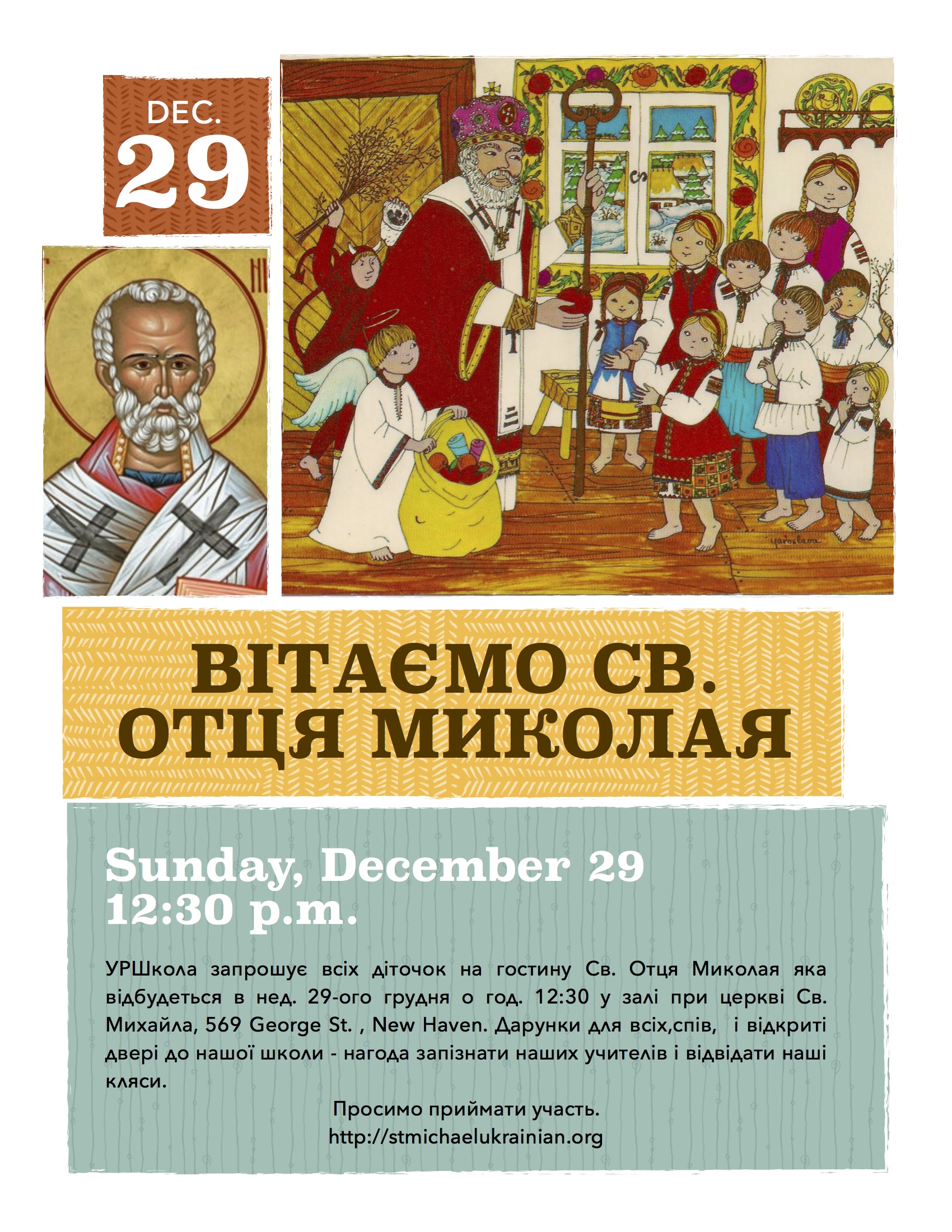
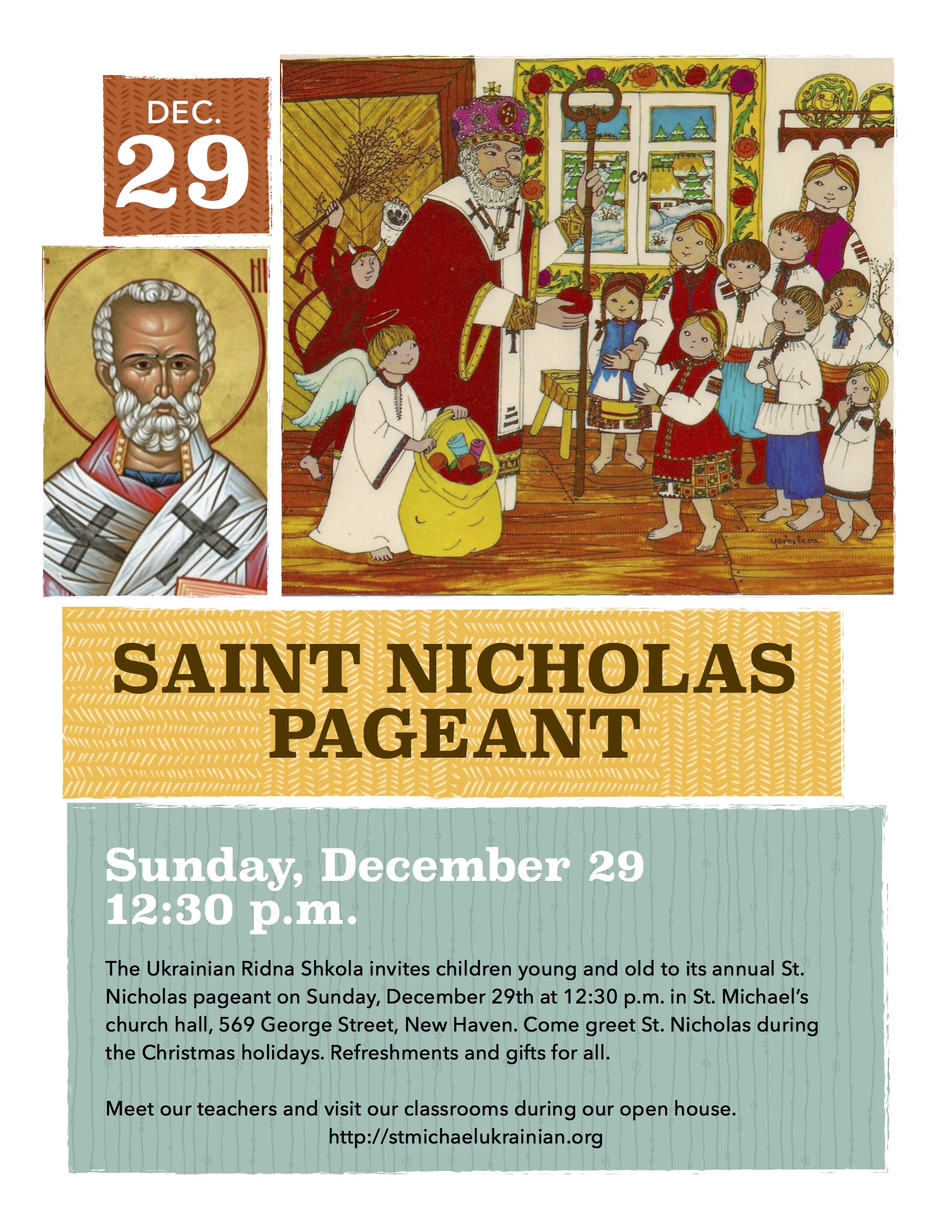
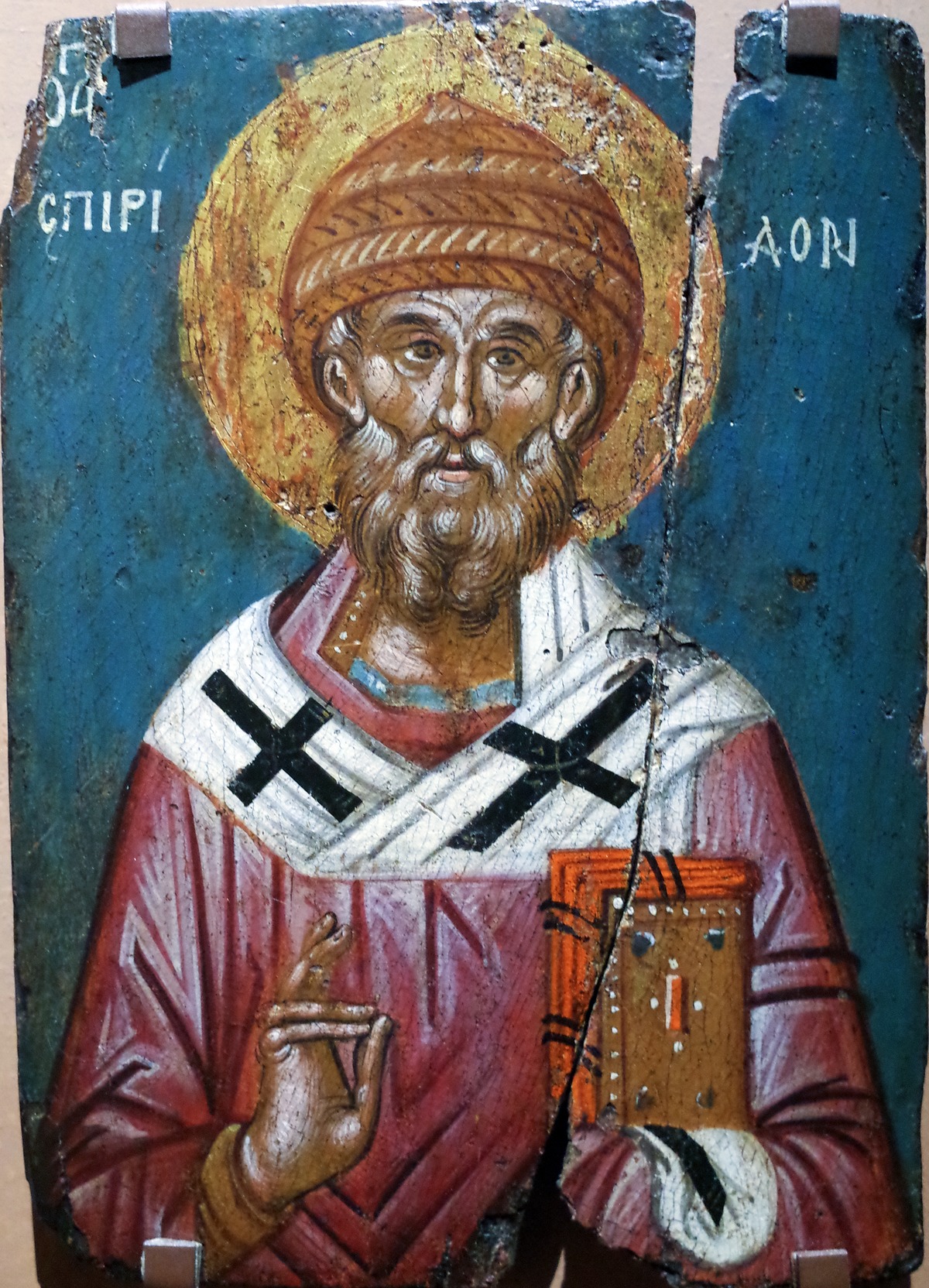 St. Spiridon is commemorated with special solemnity in the Greek Church. The Synaxarion tells us, that “he led the peaceful life of a simple shepherd. He was a plain, unpolished countryman and yet without equal when it came to love of neighbor, meekness, acts of kindness, almsgiving and the practice of virtues.” He was a man of hospitality, who would break his ascetic fast to feed a stranger in need. He was a man of simple and plain words, who put to shame the vain eloquence of a prelate “who wanted to show off by altering certain words of the Gospel too common for his taste.” He was a perfect example of a saint, for through him the love of Christ manifested itself, raising the dead, stopping droughts, looking into the hearts of sinners and forgiving them. Because of his Christ-like virtues, he was called from being a shepherd of sheep in the field, to being the bishop pastor of Christ’s rational sheep in Tremithus. In this way, he was the fulfillment of the shepherds who came to Christ at his birth.
St. Spiridon is commemorated with special solemnity in the Greek Church. The Synaxarion tells us, that “he led the peaceful life of a simple shepherd. He was a plain, unpolished countryman and yet without equal when it came to love of neighbor, meekness, acts of kindness, almsgiving and the practice of virtues.” He was a man of hospitality, who would break his ascetic fast to feed a stranger in need. He was a man of simple and plain words, who put to shame the vain eloquence of a prelate “who wanted to show off by altering certain words of the Gospel too common for his taste.” He was a perfect example of a saint, for through him the love of Christ manifested itself, raising the dead, stopping droughts, looking into the hearts of sinners and forgiving them. Because of his Christ-like virtues, he was called from being a shepherd of sheep in the field, to being the bishop pastor of Christ’s rational sheep in Tremithus. In this way, he was the fulfillment of the shepherds who came to Christ at his birth.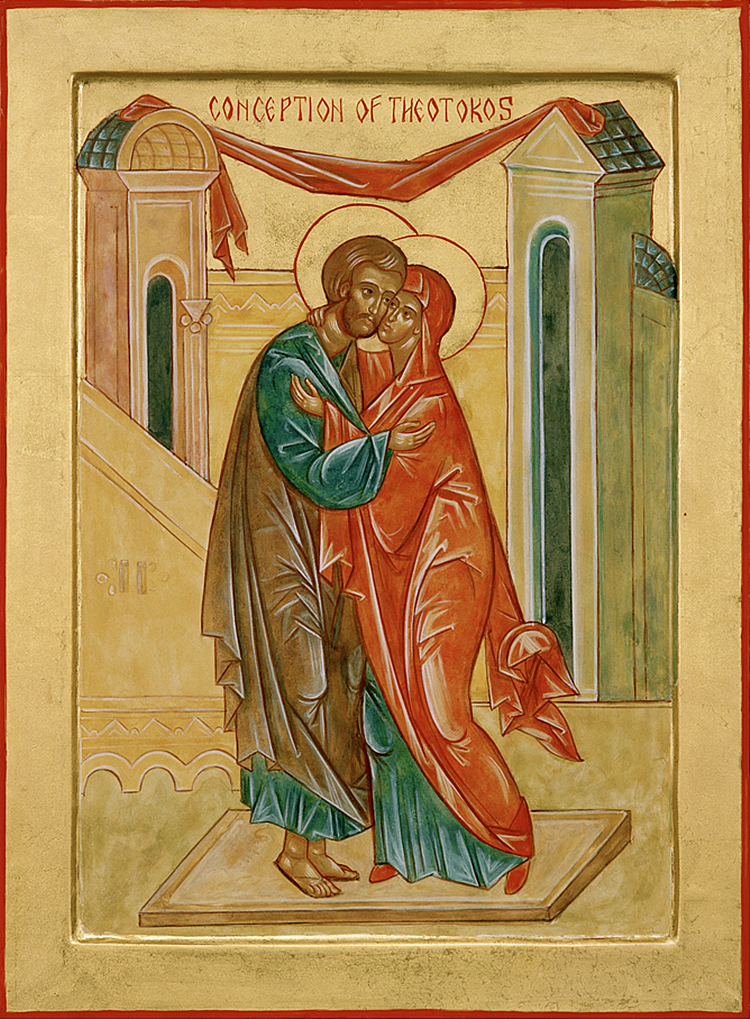 December 8 (December 9) THE MATERNITY OF THE HOLY ANNA
December 8 (December 9) THE MATERNITY OF THE HOLY ANNA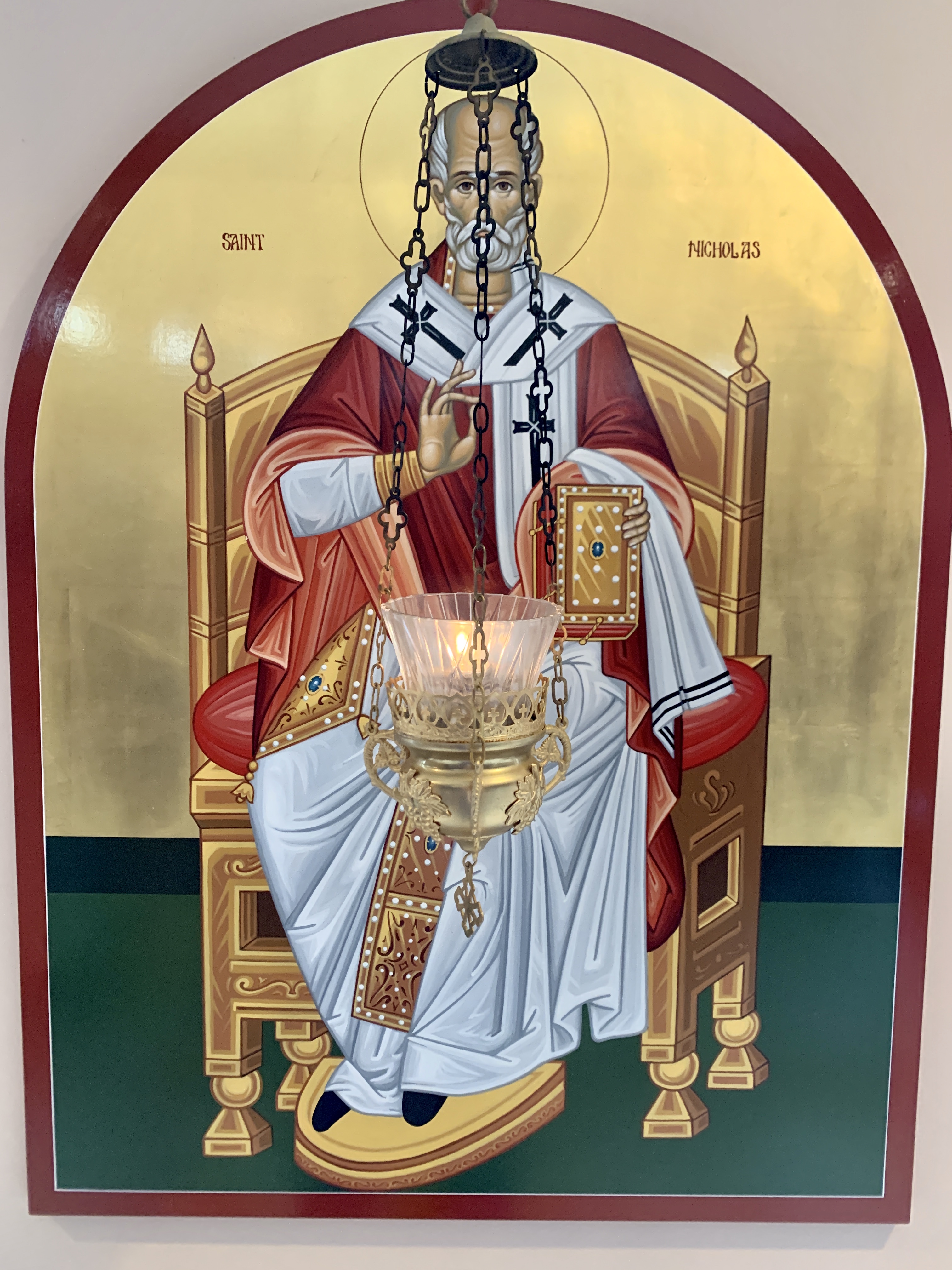 One can easily say that the greatest saint of the Byzantine Church is Nicholas the Wonderworker, Archbishop of Myra in Lycia. Yet the only thing we know of him for certain is his name, and that a holy man named Nicholas was the bishop in Myra in the fourth century. He has become essentially connected with the feast of Christmas. While the details of his life are certainly legendary, the first appearance is the Vita per Michaelem, in the ninth century, and then by Simeon Metaphrastes in the tenth century, yet we cannot help but suspect that there is a tradition of the goodness of his character that prompted such stories. He is the a golden example of all that is good in a true Christian, following the Lord in love for the poor, in joy of salvation, and in greatness of heart. Where, then, the stories written to fit his character. Certainly, the human race is hungry for such a saint, explaining his embrace by Greece and Russia as their patron saint. He gave a dowry to the poor girls, he saved sailors from storms, he obtained the liberation of those falsely accused. When his body was taken from Myra to Bari, the goodness of his life made him a favored saint throughout all the West.
One can easily say that the greatest saint of the Byzantine Church is Nicholas the Wonderworker, Archbishop of Myra in Lycia. Yet the only thing we know of him for certain is his name, and that a holy man named Nicholas was the bishop in Myra in the fourth century. He has become essentially connected with the feast of Christmas. While the details of his life are certainly legendary, the first appearance is the Vita per Michaelem, in the ninth century, and then by Simeon Metaphrastes in the tenth century, yet we cannot help but suspect that there is a tradition of the goodness of his character that prompted such stories. He is the a golden example of all that is good in a true Christian, following the Lord in love for the poor, in joy of salvation, and in greatness of heart. Where, then, the stories written to fit his character. Certainly, the human race is hungry for such a saint, explaining his embrace by Greece and Russia as their patron saint. He gave a dowry to the poor girls, he saved sailors from storms, he obtained the liberation of those falsely accused. When his body was taken from Myra to Bari, the goodness of his life made him a favored saint throughout all the West.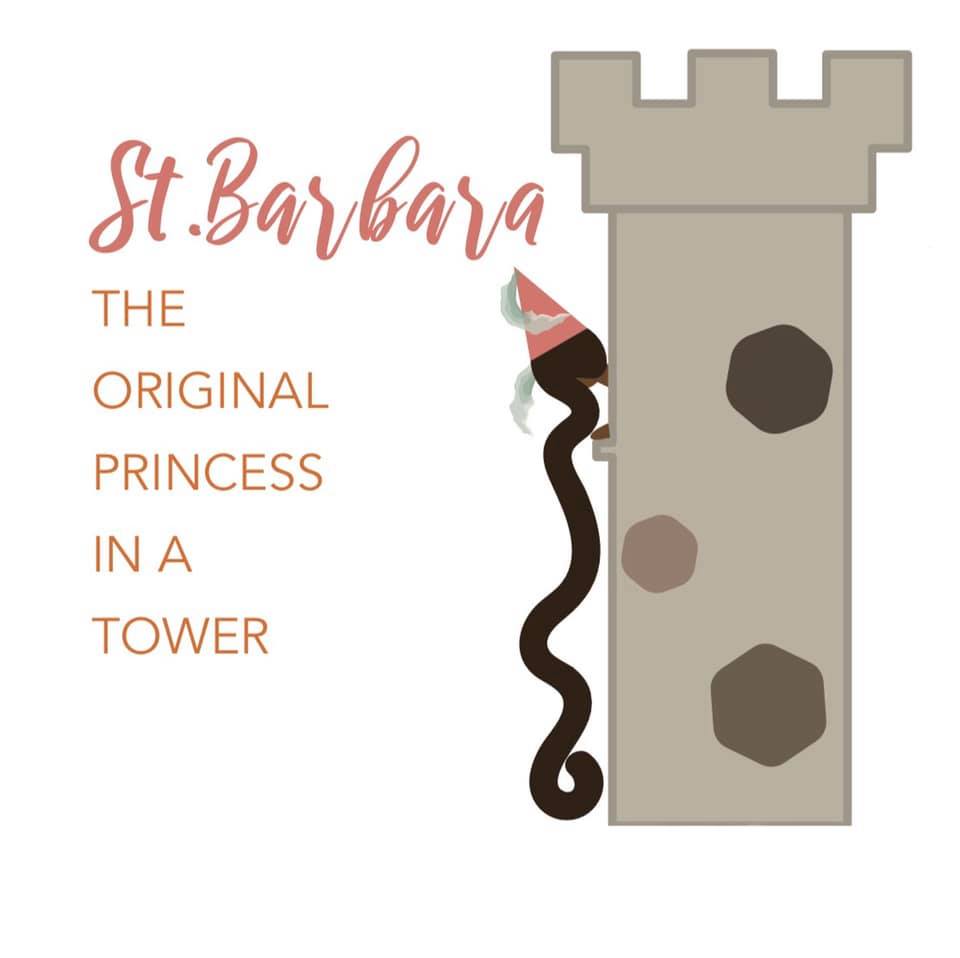 There is little doubt that the legendary story of the Holy Martyr Barbara was embellished a bit by early hagiographers. There is no reason for this, since the mere fact that someone who comes to faith in Christ is willing to lay down their life for him. For this reason, the more plausible facts of her life are a beacon for us who struggle in and for the faith. Her story tells us that she was a philosopher, a “lover of wisdom.” It was her love of wisdom, guided by grace that brought her to faith in the one true God in the Holy Trinity. It is a reminder that our faith is not blind, it is rational, based on an authentic consideration of reality. Clement of Alexandria was one of the first Christians to see the value of Greek philosophy for the Christian faith, and on this same day, December 4, we celebrate the memory of Our Holy Father John Damascene, who wrote a massive work, the Fount of Wisdom, reasoning about our faith.
There is little doubt that the legendary story of the Holy Martyr Barbara was embellished a bit by early hagiographers. There is no reason for this, since the mere fact that someone who comes to faith in Christ is willing to lay down their life for him. For this reason, the more plausible facts of her life are a beacon for us who struggle in and for the faith. Her story tells us that she was a philosopher, a “lover of wisdom.” It was her love of wisdom, guided by grace that brought her to faith in the one true God in the Holy Trinity. It is a reminder that our faith is not blind, it is rational, based on an authentic consideration of reality. Clement of Alexandria was one of the first Christians to see the value of Greek philosophy for the Christian faith, and on this same day, December 4, we celebrate the memory of Our Holy Father John Damascene, who wrote a massive work, the Fount of Wisdom, reasoning about our faith.